Table of Contents (click to expand)
The reason the sun does not set in Alaska for more than 2 months is because of Earth’s axial tilt. The axial tilt causes the seasons and determines when places like Alaska are exposed to the sun.
If you sit down and make a list of things that we take for granted every single day, I’m sure you would forget more things than you might imagine. Just think about the length of a day, for instance. A ‘regular’ day is 24 hours long, right? Roughly half of that time is “daytime”, and the other half is “nighttime”, which is not as bright as the daytime portion.
We think of the length of a day as an absolute entity, right? Day comes, followed by night, followed by day again, and then night. This cycle goes on endlessly, never really changing from the ‘standard’.

However, what if I told you that there is a place on Earth where, at times, the sun doesn’t set for as long as 84 days! In other words, night doesn’t come for nearly three months straight; it’s just daylight around the clock!
You have certainly heard the name of this sun-strewn place: Alaska! It’s the largest and most sparsely populated state of the United States, and is known for its diverse terrain of open spaces, forests, mountains and abundant wildlife.
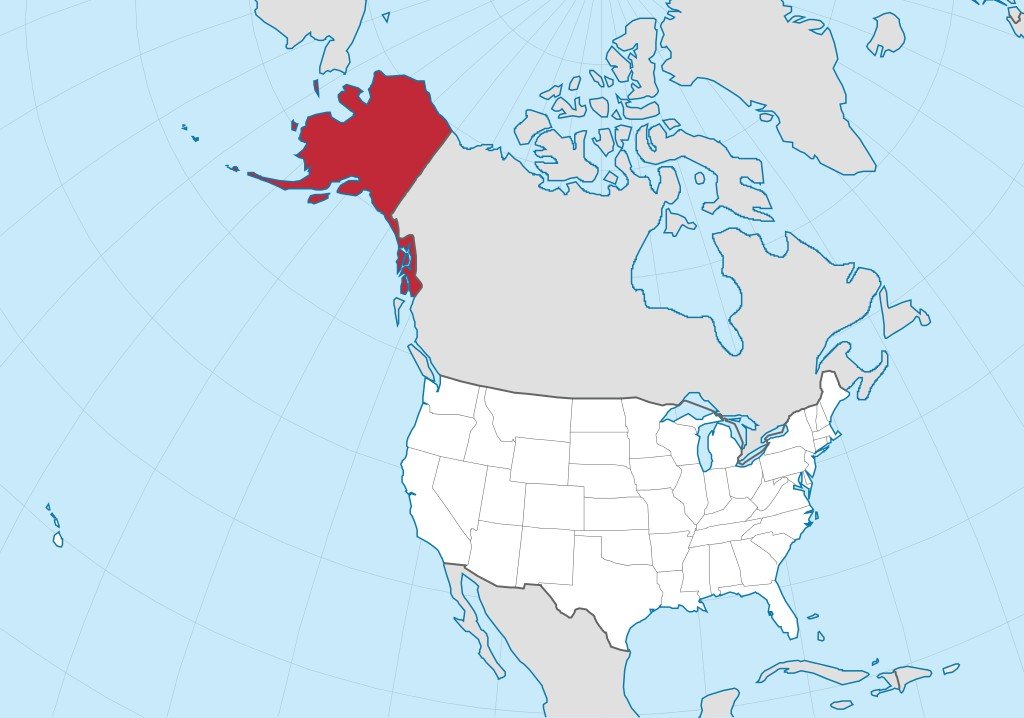
Alaska is known for many things, one of which is the fact that its residents don’t see nightfall for almost three months straight at a particular time of year. The question is, why does this happen?
Day and night are both the result of Earth’s rotation on its axis. If Earth rotates all the time, why does Alaska experience this weird phenomenon? And why is it only in Alaska? What’s so special about that particular place?
Earth’s Axial Tilt
We all know that Earth rotates on its axis, but many might not know that Earth does this while leaning a bit to one side, just as the leaning tower of Pisa leans to one side. This picture will help to better visualize the situation on our planet:
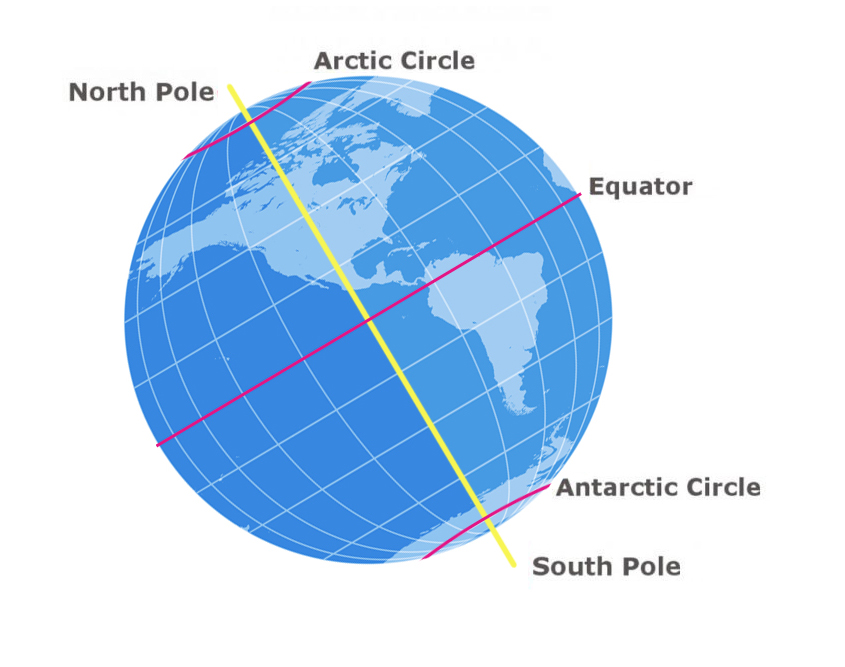
This is known as Earth’s axial tilt, and it is equal to 23.5 degrees. Basically, if you were to draw a line through the north and south poles, passing through Earth’s center, the angle between this line, and a line drawn perpendicular to the plane of Earth’s orbit would be 23.5 degrees.
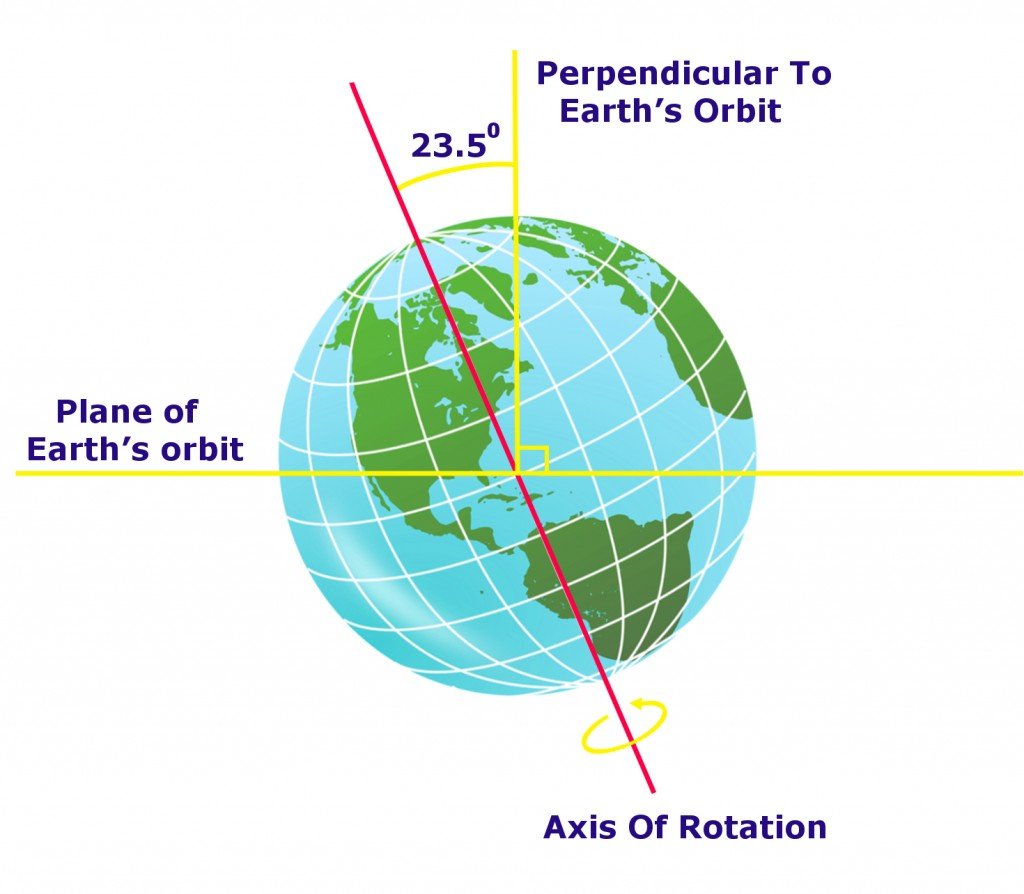
Have you ever noticed that globes are tilted? This is not done for aesthetic appeal, nor it is a manufacturing defect; globes are designed this way to genuinely illustrate Earth’s axial tilt.
Earth’s axial tilt causes the seasons. As our planet moves around the sun, the seasons are determined by where the poles are pointed with respect to our nearby star!
Also Read: What Causes Seasons On Earth?
No Night In Barrow, Alaska For 84 Days Straight!
When the Earth’s Northern Hemisphere is tilted towards the sun, the places that lie within 23.5 degrees of the north pole experience 100% daylight during the summer. In other words, some places in Alaska don’t experience any nights for a long time because those places lie close to the North pole, which is constantly being exposed to the sun.
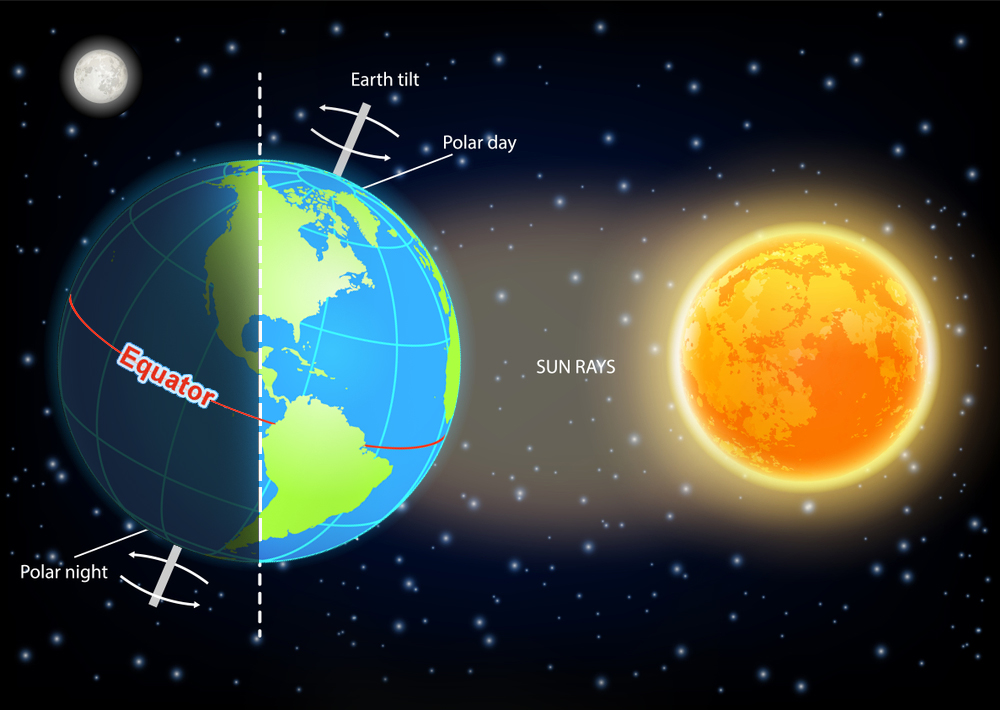
Anything that lies within 23.5 degrees of the North pole falls under the classification of the Arctic Circle, which is just a fancy name of the northernmost of the five major latitude lines of Earth.
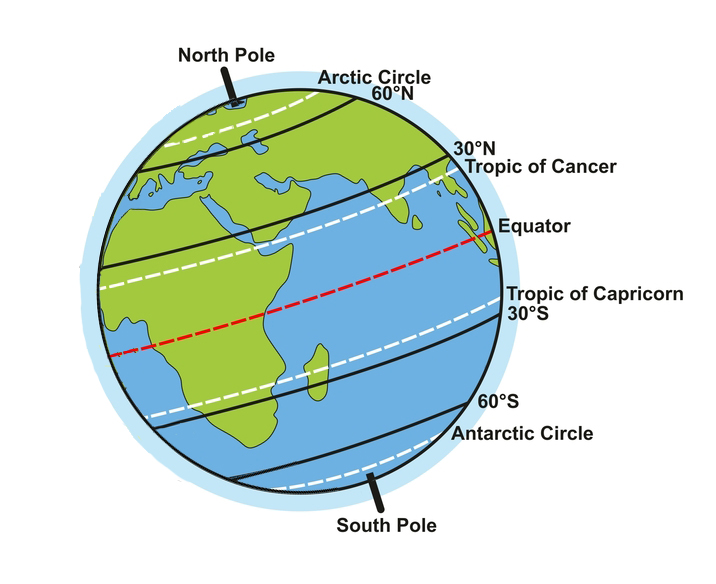
The Arctic Circle lies in the Northern Hemisphere, and its counterpart in the Southern Hemisphere is called the Antarctic Circle.
Barrow—Alaska’s northernmost village—lies far above the Arctic Circle. This is why it’s constantly exposed to the sun during some parts of the year, preventing it from experiencing night for more than two months. On the other extreme, it also gets 100% darkness in the winter during some parts of the year, because the North Pole is tipped away from the sun at that time of year.
It’s quite weird, isn’t it? Due to all this abnormality in the schedule of days and nights and the extreme cold temperatures, quite predictably, Alaska is the most sparsely populated US state. However, the US government wants people to live in Alaska, which is why the government gives you money if you go and live there!
So, if you’re a nature lover and crazy about stargazing, you know where to head for your next vacation!
Also Read: Midnight Sun And Polar Nights: What Are They And Why Do They Occur?
How much do you know about sunsets in Alaska?

